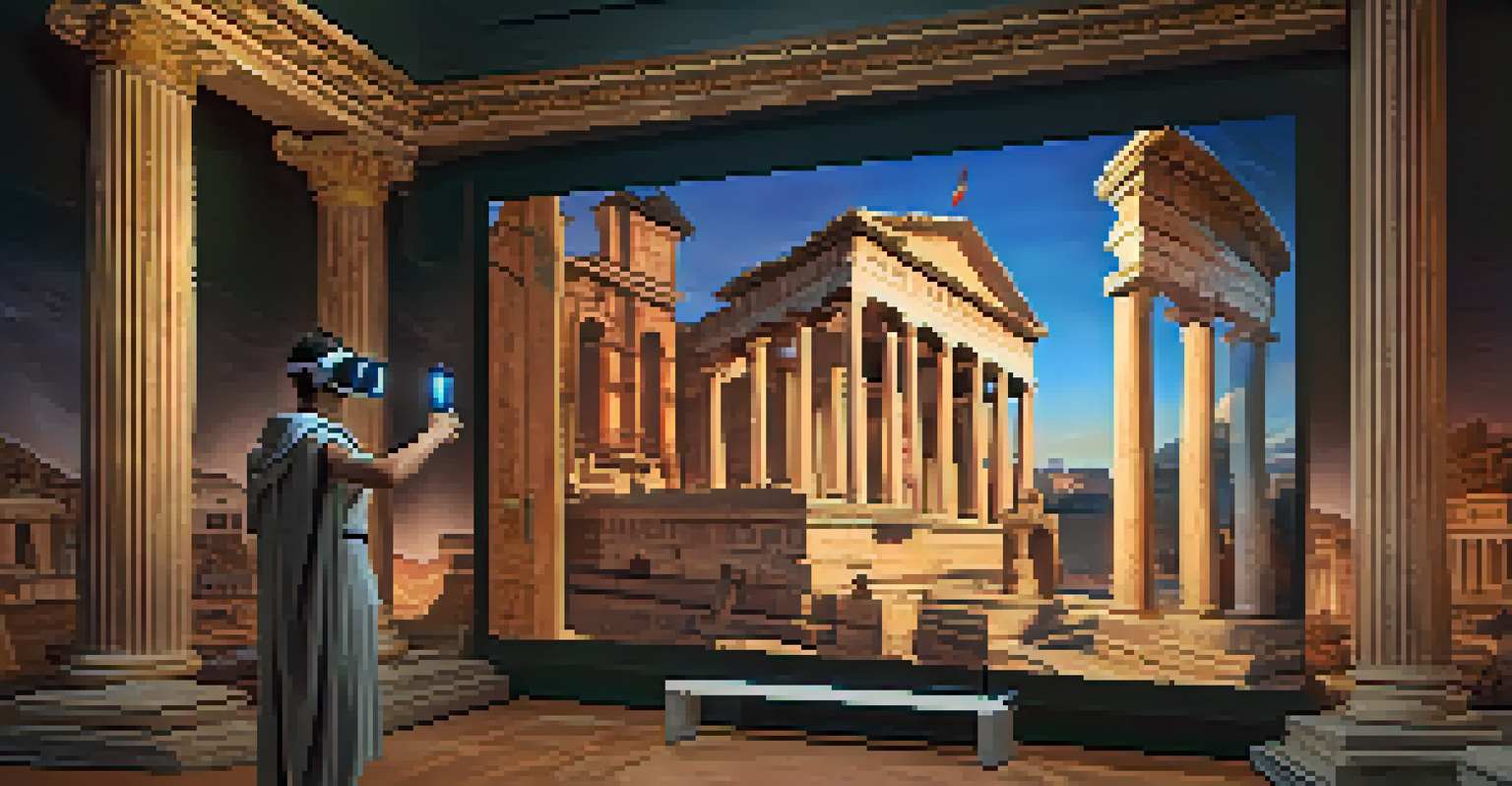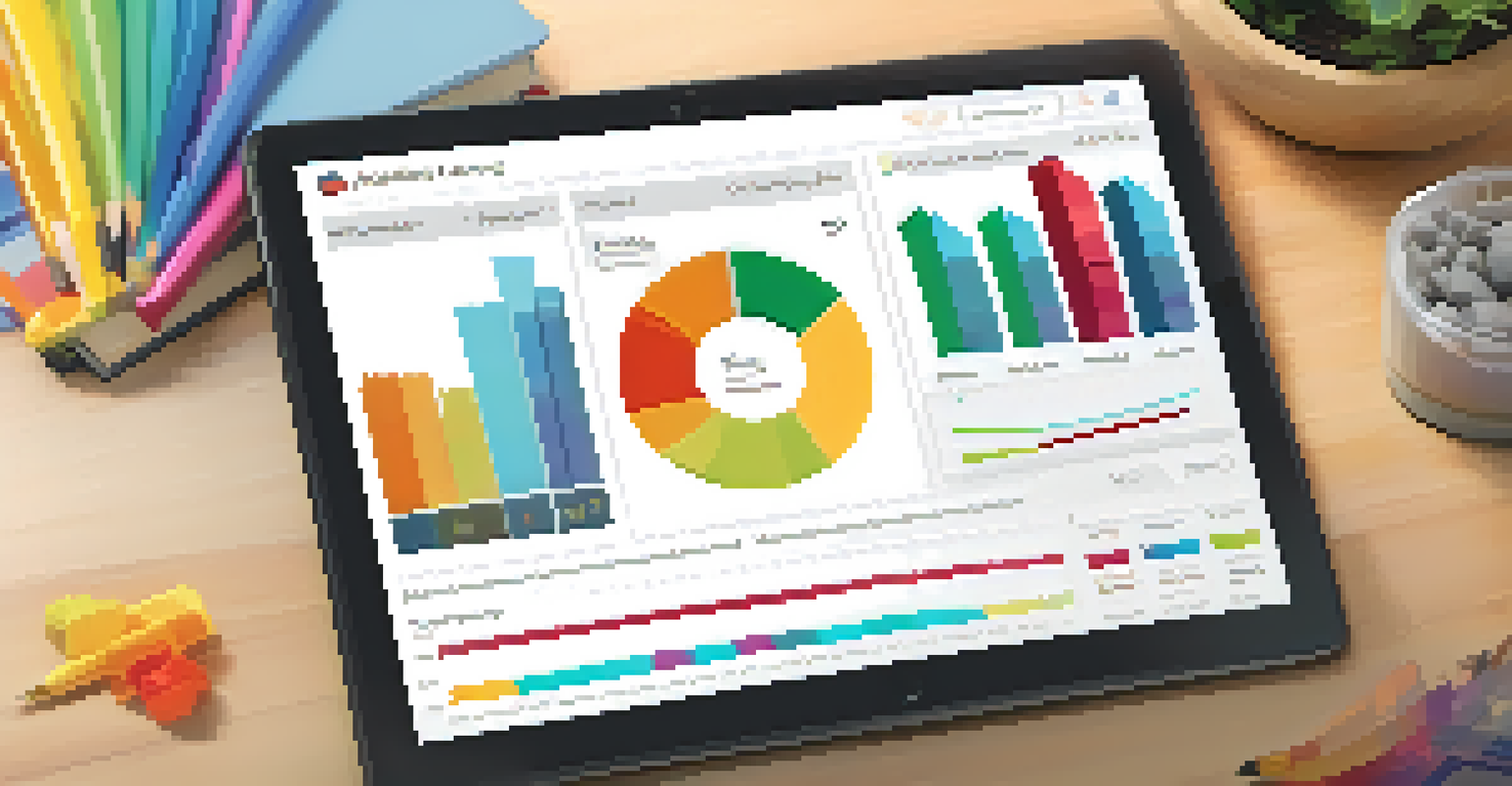The Future of Learning Experience Design in Digital Education

Understanding Learning Experience Design in Digital Education
Learning Experience Design (LXD) focuses on creating engaging and effective learning experiences. In digital education, it’s crucial to balance technology with pedagogy to enhance learner engagement. This means understanding how learners interact with content and how to structure that content for maximum impact.
Learning is not the product of teaching. Learning is the product of the activity of learners.
Imagine designing a course like crafting a story; each part must flow seamlessly to keep the reader engaged. By utilizing multimedia, interactive elements, and personalized pathways, educators can transform traditional learning into an immersive experience. This approach not only captures attention but also fosters deeper understanding and retention.
As we move forward, LXD will likely incorporate more adaptive learning technologies that tailor experiences to individual needs. This personalization is key in a world where one-size-fits-all solutions are becoming less effective. The goal is to create a learning journey that feels uniquely crafted for each student.
Trends Driving Change in Digital Education Design
Several trends are reshaping how we approach Learning Experience Design. For instance, the rise of gamification is making learning more fun and engaging. By incorporating game-like elements, such as points, badges, and leaderboards, educators can motivate learners and enhance participation.

Additionally, the use of artificial intelligence (AI) is revolutionizing the way we design learning experiences. AI can analyze data to provide insights into student performance and preferences, allowing for a more tailored approach. This means educators can focus on what works best for their students, based on real-time feedback.
Embrace Personalization in Learning
Tailoring educational experiences to individual needs enhances engagement and improves outcomes for each student.
Moreover, the shift towards collaborative learning environments is gaining momentum. Digital platforms now facilitate group work and peer feedback, fostering a sense of community among learners. This collaborative spirit not only enhances knowledge sharing but also builds essential social skills.
The Role of Technology in Learning Experience Design
Technology plays a pivotal role in shaping effective learning experiences. From virtual reality (VR) to augmented reality (AR), these tools provide immersive experiences that can transport learners to new environments. For example, a history class could take a virtual field trip to ancient Rome, making the lessons come alive.
The greatest sign of a success for a teacher is to be able to say, 'The children are now working as if I did not exist.'
Moreover, mobile learning is becoming increasingly important as more learners use smartphones and tablets. Designing content that is accessible on various devices ensures that education is flexible and can fit into busy lifestyles. This adaptability allows students to learn at their own pace, anytime and anywhere.
Finally, data analytics is transforming how we assess learning outcomes. By analyzing learner interactions and performance, educators can refine their approaches and focus on areas needing improvement. This data-driven decision-making leads to more effective educational strategies and better learner outcomes.
Personalization: The Heart of Modern Learning Design
Personalization in Learning Experience Design means tailoring education to meet individual student needs. Each learner has unique strengths, weaknesses, and preferences, and recognizing this diversity is essential. By providing personalized learning pathways, educators can enhance engagement and improve outcomes.
For instance, adaptive learning platforms adjust content based on a learner's progress, ensuring that they are neither bored nor overwhelmed. This tailored approach empowers students to take ownership of their learning, encouraging them to explore topics that interest them. Imagine a classroom where each student is on their own unique journey; this is the future of education.
Inclusivity is Key in Education
Creating learning environments that cater to diverse backgrounds and abilities ensures every student has the opportunity to thrive.
As we embrace personalization, it’s crucial to balance technology with human interaction. While algorithms can provide insights, the emotional connection between educators and students remains irreplaceable. This blend of personalized technology and teacher support is key to fostering a rich learning environment.
The Importance of Inclusivity in Learning Experiences
Inclusivity in Learning Experience Design means creating environments where all learners feel valued and supported. It's essential to consider diverse backgrounds, abilities, and learning styles when designing educational content. This approach ensures that every student has the opportunity to thrive.
For example, incorporating multiple formats—such as videos, podcasts, and interactive quizzes—can cater to different learning preferences. Additionally, ensuring that content is accessible to students with disabilities is not just a requirement but a moral imperative. This inclusivity enriches the educational experience for everyone.
As we look to the future, fostering a culture of inclusivity will be vital. It’s about creating spaces where every voice is heard and every learner can succeed. By prioritizing inclusivity, we not only enhance learning experiences but also prepare students for a diverse world.
Evaluating Success in Learning Experience Design
Evaluating the success of Learning Experience Design is crucial for continuous improvement. Traditional assessments often fall short in measuring true understanding and engagement. Instead, we need to employ a mix of qualitative and quantitative metrics to gauge the effectiveness of our designs.
For instance, feedback surveys can provide insights into learner satisfaction, while performance data can highlight areas needing attention. Additionally, observing how learners interact with content can reveal patterns and preferences that inform future designs. This holistic approach to evaluation ensures that we are meeting learners’ needs.
Technology Shapes Learning Design
The integration of advanced technologies like AI and VR transforms traditional education into immersive and flexible learning experiences.
Furthermore, celebrating successes—no matter how small—is vital. Sharing positive outcomes and stories can inspire educators and learners alike. By fostering a culture of reflection and adaptation, we can continually evolve our Learning Experience Designs to better serve students.
Looking Ahead: The Future of Learning Experience Design
As we look to the future, Learning Experience Design in digital education will continue to evolve. Emerging technologies like blockchain and machine learning may further personalize learning experiences and enhance security and transparency in educational credentials. The possibilities are endless.
Moreover, the global shift towards remote and hybrid learning models has opened new avenues for design. Educators can now reach learners from all corners of the world, creating diverse and enriching learning communities. This interconnectedness will shape how we approach education in the years to come.

Ultimately, the future of Learning Experience Design lies in our ability to adapt and innovate. By embracing change and committing to lifelong learning, educators can craft experiences that not only educate but also inspire. Together, we can transform digital education into a journey of discovery and growth for all learners.